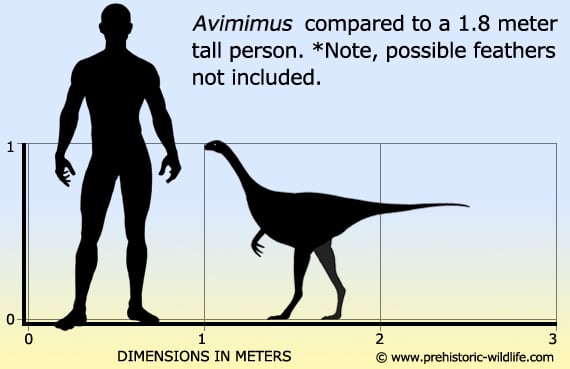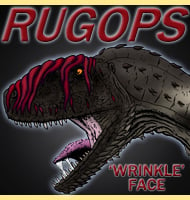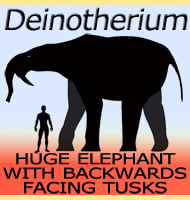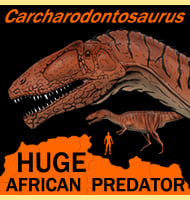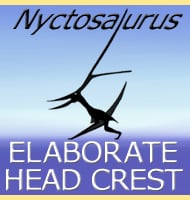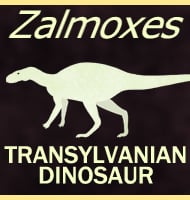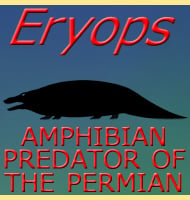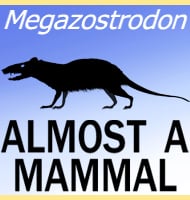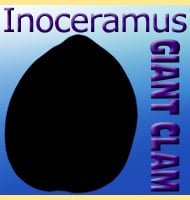In Depth
Avimimus acquired its name from its bird like characteristics that have led to some controversy as to how much like a bird it really was. Like in modern birds the hand bones were fused together, and the presence of pronounced quill knobs on the lower arm bones confirms that Avimimus did at least have feathers on this part of its body. The presence of strongly developed feathers also suggests that Avimimus possibly had a lighter feather covering on other parts of its body similar to other bird like dinosaurs. Sergei Kurzanov considered Avimimus to be capable of limited flight and even be closer to birds than the classic transitional fossil Archaeopteryx. Today however, palaeontologists generally agree that Avimimus belongs in the Elmisaurinae group of oviraptorids like Elmisaurus and Chirostenotes, and as such probably could not fly but had feathers for insulation and quite possibly display.
Like with other oviraptorid dinosaurs, the exact diet of Avimimus has been impossible to establish with certainty. This is because the mouth of Avimimus is essentially a toothless beak that could in theory be used for a variety of different diets. The premaxillae (front portion of the upper jaw) of Avimimus however does have a series of projections that give it small serrated edge, but again this is not conclusive of just one dietary preference. While Kurzanov has speculated this could mean an insectivorous diet it could just as easily be used for cropping vegetation. Without a confirmed set of stomach contents we may never know for sure. For a while Avimimus was thought to have lacked a developed tail because one was not found with the holotype specimen. Further discoveries have since confirmed that Avimimus did indeed have a tail.
The legs of Avimimus were long with proportions that are close to cursorial birds (birds that spend most or all their time on the ground and run rather than fly). The leg bones also show prominent muscle scars revealing that in life the legs of Avimimus would have been muscular and suitable for prolonged and fast running. Such legs and high mobility however may lean Avimimus towards a more insectivorous diet as not only would insects supply a large amount of high energy protein to fuel these muscles, but many cursorial birds of similar size to Avimimus are known to hunt for insects as well as small invertebrates. This would not necessarily mean that Avimimus was exclusively insectivorous or even carnivorous, but it may still have relied upon animal protein to form a good portion of its diet.
Avimimus seems to have had a large brain for its body size, something which some researchers consider to mean a greater level of base intelligence (although the exact level remains variable and controversial because there are so many factors to consider beyond just total size). The bones of the skull are also well developed to give increased support and protection to the brain, beyond a level seen in some other types of dinosaur.
A 2008 discovery yielded a bone bed of numerous Avimimus that were all together at the time of death. The total number of specimens at the site is still unknown but ten individuals that were subadults as well as fully grown adults were recovered. The fact that so many individuals including those of different life stages where found together has been taken to suggest possible social behaviour where Avimimus clustered together in what could be loosely termed ‘flocks’. The possibility of a more highly developed brain may also infer more complex social interaction between Avimimus individuals, similar to what can be seen in some groups of birds today.
Avimimus is not the only dinosaur whose name translates to ‘bird mimic’ as that is also the meaning of the name for the dinosaur Ornithomimus.
Further Reading
– Reduced cladistic consensus methods and the avian affinities of Protoavis and Avimimus. – Dyke & Thorley – 1998. – New nearly complete skeleton of the bird-like theropod, Avimimus, from the Upper Cretaceous of the Gobi Desert, Mongolia – Watabe, Weishampel, Barsbold, Tsogtbaatar & Suzuke – 2000. – New material of Avimimus portentosus (Theropoda) from the Iren Debasu Formation (Upper Cretaceous) of the Erenhot Region of Inner Mongolia. – M. Ryan, P. Currie & D. Russell – 2001. – A bonebed of Avimimus sp. (Dinosauria: Theropoda) from the Late Cretaceous Nemegt Formation, Gobi Desert: Insights into social behavior and development in a maniraptoran theropod. – P. Currie, N. Longrich, M. Ryan, D. Eberth & B. Demchig – 2008. – The first oviraptorosaur (Dinosauria: Theropoda) bonebed: evidence of gregarious behaviour in a maniraptoran theropod. – Scientific Reports. 6: 35782. – G. F. Funston, P. J. Currie, D. A. Eberth, M. J. Ryan, T. Chinzorig, D. Badamgarav & N. R. Longrich – 2016. – Oviraptorosaur anatomy, diversity and ecology in the Nemegt Basin. – Palaeogeography, Palaeoclimatology, Palaeoecology. – G. F. Funston, S. E. Mendonca, P. J. Currie & R. Barsbold – 2018.
